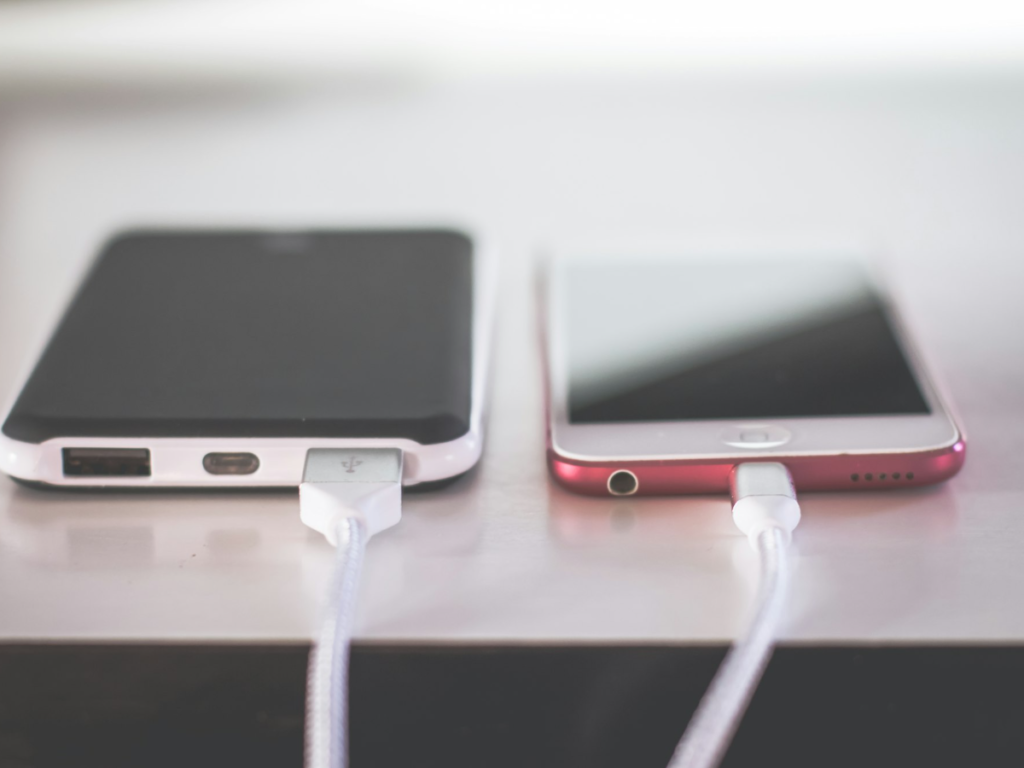In today’s digital age, USB charging cables have become an essential part of our daily lives. From smartphones and tablets to laptops and portable devices, these versatile cables keep our gadgets powered up and ready to go. In this comprehensive guide, we’ll explore everything you need to know about USB charging cables, including types, features, and how to choose the best one for your needs.
Understanding USB Charging Cables
USB (Universal Serial Bus) charging cables are designed to transfer power from a power source to your device. They come in various types and configurations, each with its own set of features and capabilities. Let’s dive into the different aspects of USB charging cables:

USB Charging cables
Lightning Connector Compatible – Charge and sync any iOS devices with a Lightning connector such as your iPhone or AirPods
High-Speed USB 3.0 Cable – Quickly and efficiently charge and backup your Apple devices
Quality Assured – Vigorous testing and quality controls ensure each cable works properly
Types of USB Connectors
- USB-A: The classic, rectangular connector found on most computers and wall adapters.
- USB-B: A square-shaped connector commonly used for printers and other peripherals.
- USB-C: The newest standard, featuring a reversible design and faster charging capabilities.
- Micro-USB: A smaller connector used in many older Android devices and other electronics.
- Mini-USB: An older, slightly larger version of Micro-USB, still found in some devices.
- Lightning: Apple’s proprietary connector used in iPhones and iPads.
USB Charging Standards
- USB 1.0 and 2.0: Older standards with slower data transfer and charging speeds.
- USB 3.0 and 3.1: Faster data transfer rates and improved power delivery.
- USB Power Delivery (PD): A fast-charging standard that can deliver up to 100W of power.
Cable Length and Gauge
The length and gauge (thickness) of a USB charging cable can affect its performance. Longer cables may experience voltage drop, resulting in slower charging speeds. Thicker cables (lower gauge numbers) can handle more current and are generally more durable.
Choosing the Right USB Charging Cable
When selecting a USB charging cable, consider the following factors:
- Compatibility: Ensure the cable’s connectors match your device and power source.
- Charging Speed: Look for cables that support fast charging standards if your device is compatible.
- Quality: Invest in well-made cables from reputable brands to ensure safety and longevity.
- Length: Choose a cable length that suits your needs without sacrificing performance.
- Durability: Consider cables with reinforced connectors and strain relief for added durability.
Fast Charging Technologies
Many modern devices support fast charging, which can significantly reduce charging times. Some popular fast charging technologies include:
- Qualcomm Quick Charge
- USB Power Delivery (PD)
- OnePlus Dash Charge / Warp Charge
- Samsung Adaptive Fast Charging
- Apple Fast Charging
To take advantage of these technologies, you’ll need both a compatible device and a charging cable that supports the specific fast charging standard.
The Rise of USB-C
USB-C has quickly become the new standard for charging and data transfer. Its benefits include:
- Reversible design for easy connection
- Faster charging and data transfer speeds
- Support for video output and other advanced features
- Compatibility with a wide range of devices
As more devices adopt USB-C, it’s becoming increasingly important to invest in high-quality USB-C cables and adapters.

Cable Management and Organization
With the proliferation of devices in our lives, cable management has become a crucial consideration. Here are some tips to keep your charging cables organized:
- Invest in a cable management system or organizer
- Label your cables to easily identify them
- Store unused cables in a dedicated drawer or container
- Caring for Your USB Charging Cables
To extend the life of your charging cables, follow these best practices:
- Avoid bending or twisting cables excessively
- Unplug cables by gripping the connector, not the cord
- Keep cables away from heat sources and direct sunlight
- Store cables properly when not in use
- Clean connectors periodically with a soft, dry cloth
Common USB Charging Cable Issues and Solutions
Even the best cables can experience problems. Here are some common issues and how to address them:
- Slow charging: Try a different cable or power source, or check for debris in the connectors
- continue
- Intermittent connection: Check for loose connections or damaged cables
- Overheating: Stop using the cable immediately and replace it with a high-quality alternative
- Frayed or exposed wires: Replace the cable to avoid potential safety hazards
- Device not recognized: Try a different USB port or cable, or update your device’s software
The Environmental Impact of USB Charging Cables
As we become more reliant on electronic devices, the environmental impact of charging cables is a growing concern. Consider these eco-friendly practices:
- Invest in high-quality, durable cables to reduce waste
- Recycle old or damaged cables at appropriate e-waste facilities
- Look for cables made from sustainable or recycled materials
- Support companies that offer cable recycling programs
The Future of USB Charging Cables
As technology continues to evolve, so do USB charging cables. These are the trends:
- Increased adoption of USB-C across all device types
- Higher power delivery capabilities for faster charging
- Integration of smart features, such as power monitoring and device recognition
- Wireless charging becoming more prevalent, potentially reducing the need for cables
Choosing the Right USB Charging Cable for Your Needs
With so many options available, selecting the right USB charging cable can be overwhelming. These are the quick guide to support you to make the best choice:
- For smartphones: Look for cables that support fast charging and are compatible with your device’s connector (USB-C, Lightning, or Micro-USB)
- For tablets and laptops: Choose cables with higher power delivery capabilities, such as USB-C PD cables
- For portable devices: Consider multi-functional cables with various connectors to charge different devices
- For travel: Opt for durable, tangle-free cables with a suitable length for on-the-go use
- Top USB Charging Cable Brands
While there are many options available, some brands consistently produce high-quality USB charging cables:
- Anker
- Belkin
- Amazon Basics
- Aukey
- Nomad
- Native Union
- Syncwire
When choosing a brand, consider factors such as warranty, customer support, and user reviews to ensure you’re getting a reliable product.
Conclusion
USB charging cables play a crucial role in keeping our devices powered and connected. By understanding the different types, features, and considerations when choosing a cable, you can ensure that you’re using the best possible option for your needs. As technology continues to advance, staying informed about the latest developments in USB charging cables will help you make smart decisions and keep your devices running smoothly. Remember to prioritize quality, compatibility, and safety when selecting USB charging cables. By investing in well-made cables and taking proper care of them, you can extend their lifespan, improve your devices’ performance, and reduce electronic waste. Whether you’re a tech enthusiast or simply looking to keep your gadgets charged, the right USB charging cable can make all the difference in your daily routine.



[…] USB charging cable is a wire used to connect your gadget to a power source so that it can be charged. It is a flexible […]
I am extremely impressed with your writing abilities as well as with the format to your weblog. Is this a paid topic or did you customize it your self? Either way keep up the nice quality writing, it’s rare to look a nice blog like this one these days!